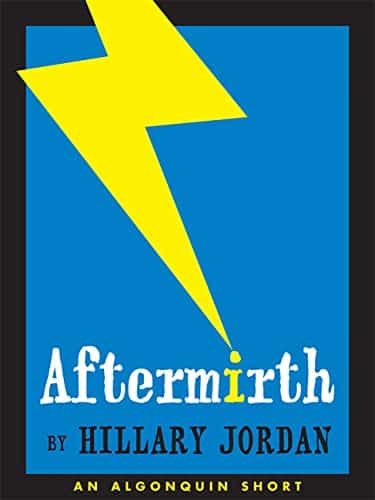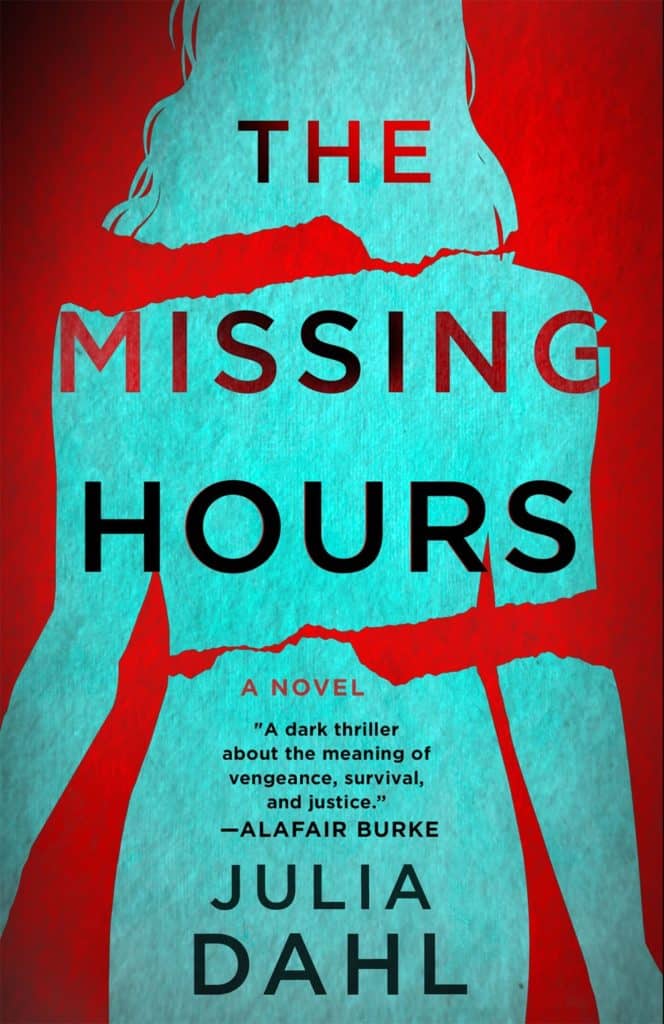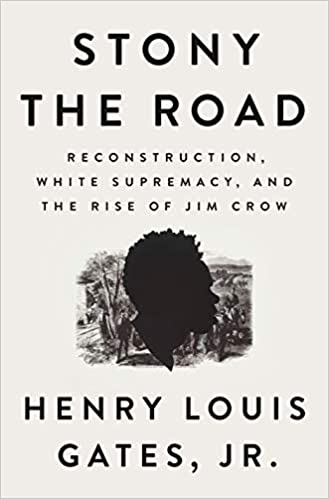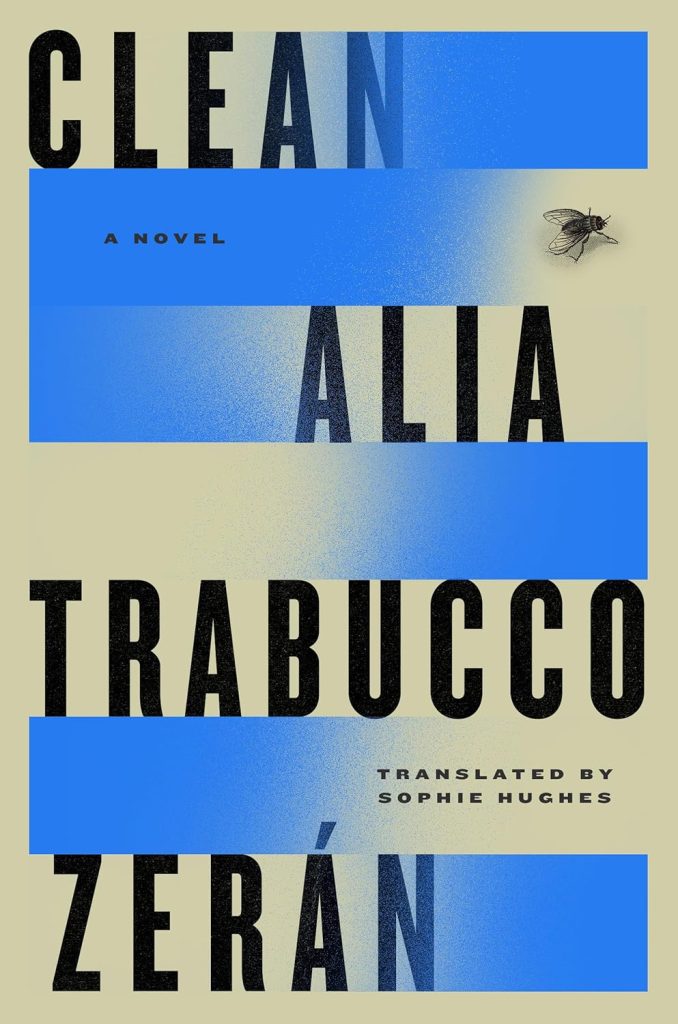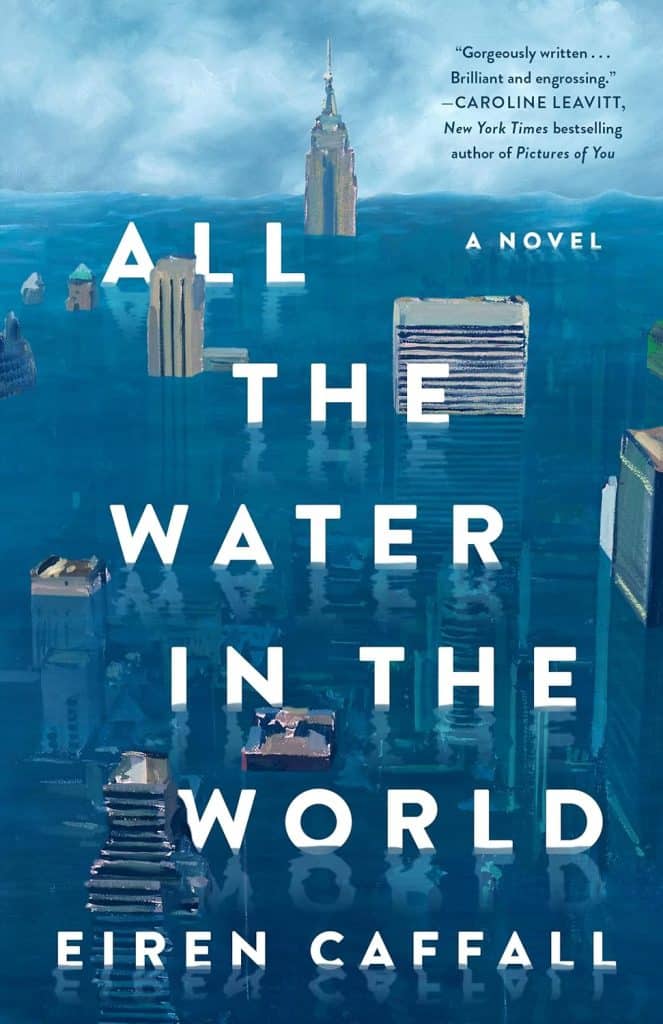
Centenarian Fantasies!
Living One Day at a Time Instead of Planning a Three-Digit Birthday!
Estimated reading time: 2 minutes, 10 secondsAs I approached the pedestrian bridge construction sign in Nomahegan Park, the sound of determined footsteps caught my attention. A runner, his pace unwavering, was swiftly approaching from behind. It was a pleasant, rain-free day, and I exchanged a friendly greeting with the runner as he passed me. Pausing to catch his breath, he shared a touching story about his father, who started walking at the age of seventy-eight after being diagnosed with diabetes. “I run four miles a day,” he said with unwavering determination, “so I can live to 100.”
His resolve was inspiring, a testament to the power of determination in the face of aging. But long-term goals can seem like a fantasy of youth. Reflecting on my commitment to walking, I remarked, “At forty, you could easily live another sixty years.” He kindly corrected me, revealing that he was 52, turning 53 soon. I nodded and wondered if he knew my age as he jogged ahead, leaving me lost in my thoughts as my feet continued to carry me forward.
Approaching the end of the park path, I saw my new friend turning around at the site of the missing footbridge separating us from the far side. I bid farewell to the peaceful park and carefully planned my routes to complete the 2.8 miles required for the monthly Apple Watch fitness challenge. Lost in my thoughts, I contemplated the passing of time and my once sincere aspiration to reach 100. I had been fortunate to have navigated past the difficulties of a non-existent mid-life crisis.
Believing that consistent physical activity and self-care could help me reach 100, I saw it as a reason to celebrate a century of living, with three-quarters spent with my bride. When I vocalized this optimistic outlook, my wife offered a contrasting perspective, saying, “Enjoy your centenary; I can’t fathom living that long.” Her words added an intriguing contrast to my thoughts, highlighting the different ways we perceive the passage of time and the idea of a long life.
Since losing my wife, I’ve learned to cherish each day as a precious gift. Completing my daily walk, once a routine activity, now holds great significance, especially considering I’ve done it for 1194 consecutive days. Living another twenty-five years evokes many emotions, yet I’ve learned to focus on the present and find meaning in these small daily triumphs. As I sit down to untie my shoes, the pain in my back serves as a poignant reminder of the toll that time has taken. These immediate concerns feel more pressing than any distant aspirations I once held.





